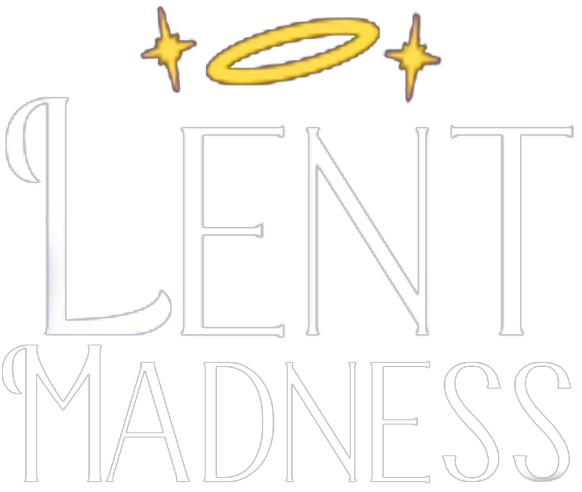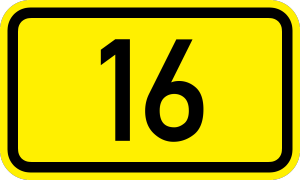There's still one vote to go and a full twenty-four hours before full onset Lent Madness Withdrawal (LMW) sets in! So make this one count as Roch faces Julian of Norwich. Will this battle go to the dogs? Or will all manner of things be well?
To get to this round, Roch defeated Gertrude while Julian snuck past William Wilberforce. The winner will face Albert Schweitzer in the Elate Eight. While yesterday, Sojourner (Nothing but the) Truth slammed the door shut on Frances Joseph Gaudet 67% to 33%.
After a full week of Saintly Sixteen action, we have just two more slots up for grabs in the Elate Eight. Today's battle will decide one of them and on Monday the last matchup of this round will see Dietrich Bonhoeffer take on Barnabas. The field is narrowing as the chase for the coveted Golden Halo continues.



 After what has felt like an interminable lead-up, it's finally Super Tuesday. People in 13 states across America will be voting in presidential primaries today. To which the Supreme Executive Committee says, "Whatever. The Lent Madness faithful has been voting every day since Ash Thursday."
After what has felt like an interminable lead-up, it's finally Super Tuesday. People in 13 states across America will be voting in presidential primaries today. To which the Supreme Executive Committee says, "Whatever. The Lent Madness faithful has been voting every day since Ash Thursday."